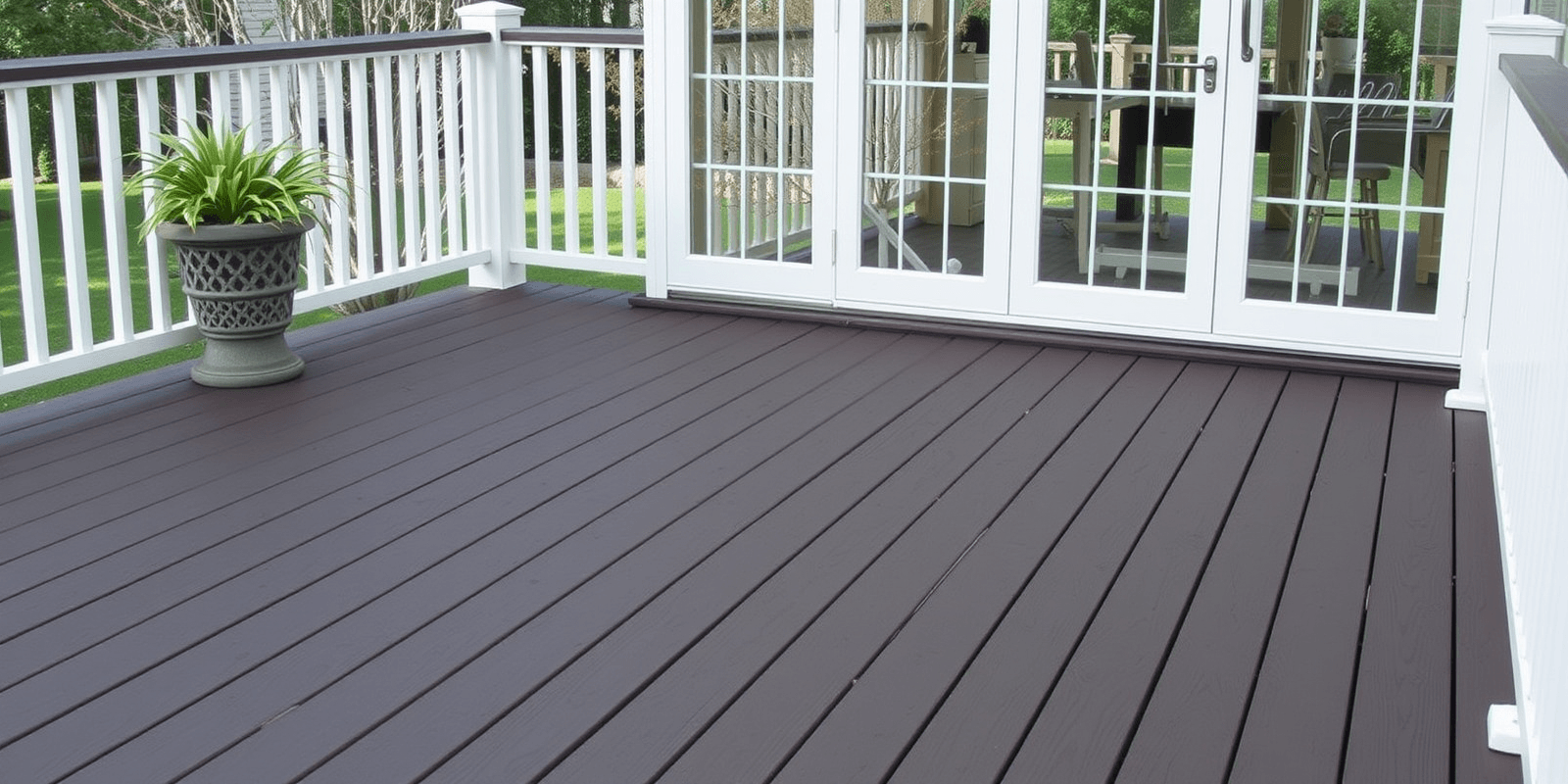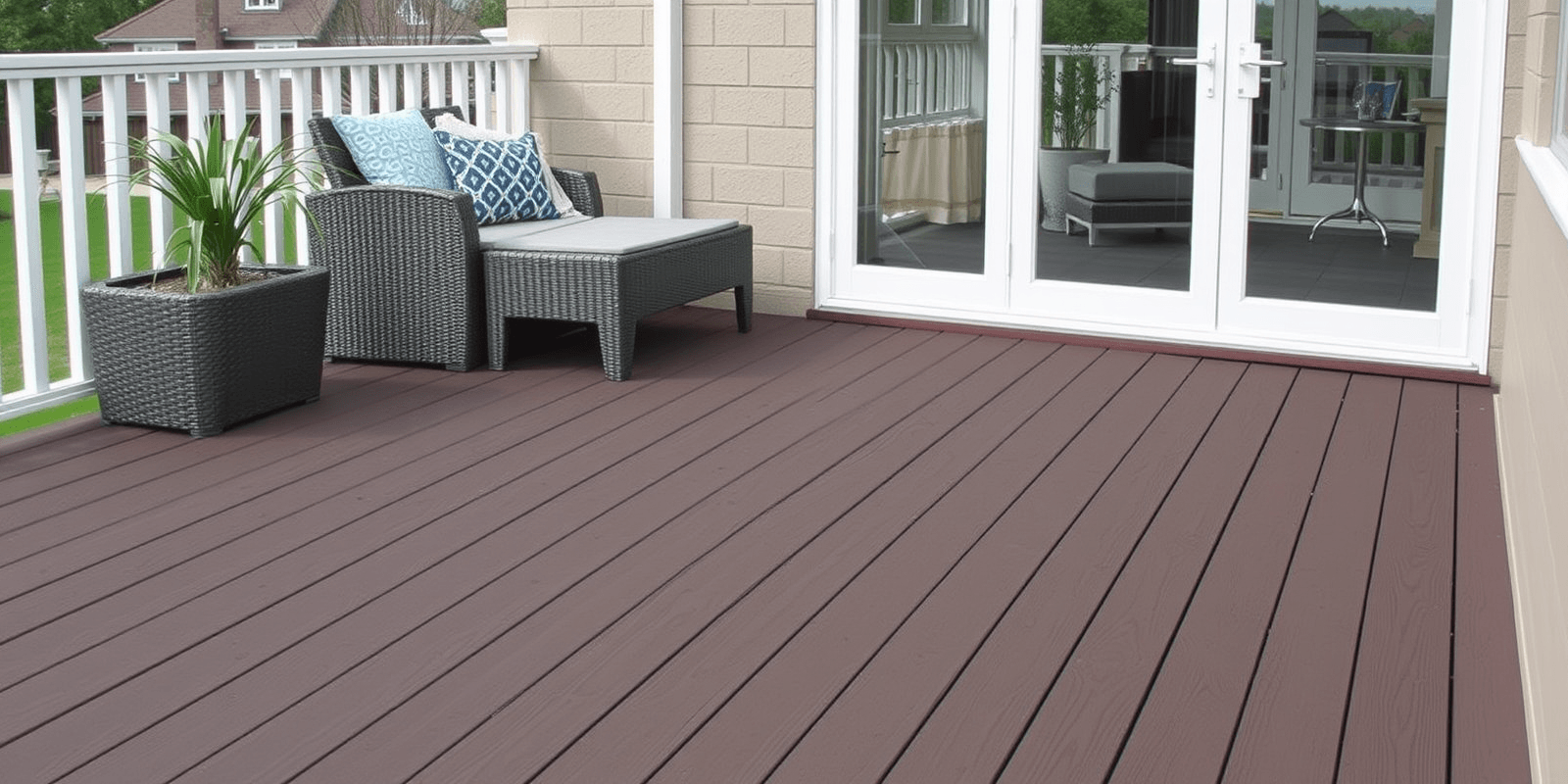“`html
What is the Difference Between Polyurethane Decking and Composite Decking
Introduction
Choosing the right material for your deck can be a daunting task, especially with the plethora of options available in the market today. Two popular choices are polyurethane decking and composite decking. While both offer unique advantages, understanding their specific characteristics can help you make an informed decision. In this article, we will delve into the aspects of durability, maintenance requirements, cost-effectiveness, aesthetics, and environmental impact to provide a comprehensive guide for homeowners.
Durability: Polyurethane vs Composite Decking
When it comes to durability, both materials have their strengths. Polyurethane decking is known for its exceptional resistance to weather elements, making it a long-lasting option. However, it can be susceptible to scratches and dents if not handled carefully. On the other hand, composite decking is made from a mixture of wood fibers and plastic, which gives it excellent strength and resilience against wear and tear. It is less prone to denting and cracking compared to polyurethane, but may show signs of fading over time due to prolonged exposure to sunlight.
Maintenance Requirements: A Comparative Analysis
Maintenance plays a crucial role in the longevity of any decking material. Polyurethane decking requires minimal maintenance, primarily consisting of occasional cleaning with mild soap and water. However, it is advisable to avoid harsh chemicals that could damage the surface. Composite decking, while also requiring regular cleaning, may need more attention due to its tendency to absorb stains and require periodic resealing. Experts recommend sealing composite decks every two to three years to maintain their appearance and extend their lifespan.
Cost-Effectiveness: Weighing the Options
Cost is often a deciding factor when choosing between different materials. Polyurethane decking generally falls within a moderate price range, offering good value for money given its durability and low maintenance needs. Composite decking, however, tends to be more expensive upfront but can be more cost-effective in the long run due to its longevity and reduced maintenance requirements. According to a study by the National Association of Home Builders (NAHB), composite decking has a longer service life and lower lifetime costs compared to traditional wood decking, making it a wise investment for many homeowners.
Aesthetics: Visual Appeal and Design Flexibility
Both polyurethane and composite decking offer attractive design options. Polyurethane decking can mimic the look of natural wood, providing a classic and elegant appearance. Its smooth surface and wide range of color options allow for creative design possibilities. Composite decking, on the other hand, offers a more modern aesthetic with its uniform texture and consistent color throughout. Many composite products also come with advanced manufacturing techniques that replicate the natural grain patterns of wood, enhancing their visual appeal.
Environmental Impact: Sustainable Choices
With increasing awareness about sustainability, the environmental impact of building materials is becoming a critical consideration. Polyurethane decking is generally considered less eco-friendly due to its reliance on petroleum-based products. However, advancements in manufacturing processes have led to the development of more sustainable polyurethane formulations. Composite decking, on the other hand, is often praised for its use of recycled materials, reducing waste and promoting resource efficiency. Many composite manufacturers now offer products made from up to 95% recycled content, contributing positively to environmental conservation efforts.
Conclusion
In conclusion, both polyurethane and composite decking offer distinct advantages that cater to different homeowner preferences and needs. Polyurethane decking stands out for its durability and low maintenance, making it ideal for those seeking a low-effort solution. Composite decking, with its combination of strength, aesthetics, and sustainability, provides a compelling alternative for homeowners prioritizing long-term value and environmental responsibility. By carefully considering these factors, you can choose the best decking material that aligns with your lifestyle and values.
“`



